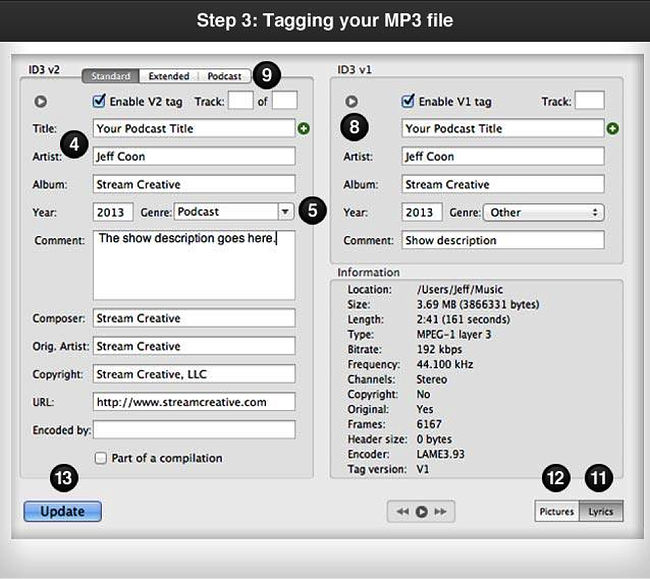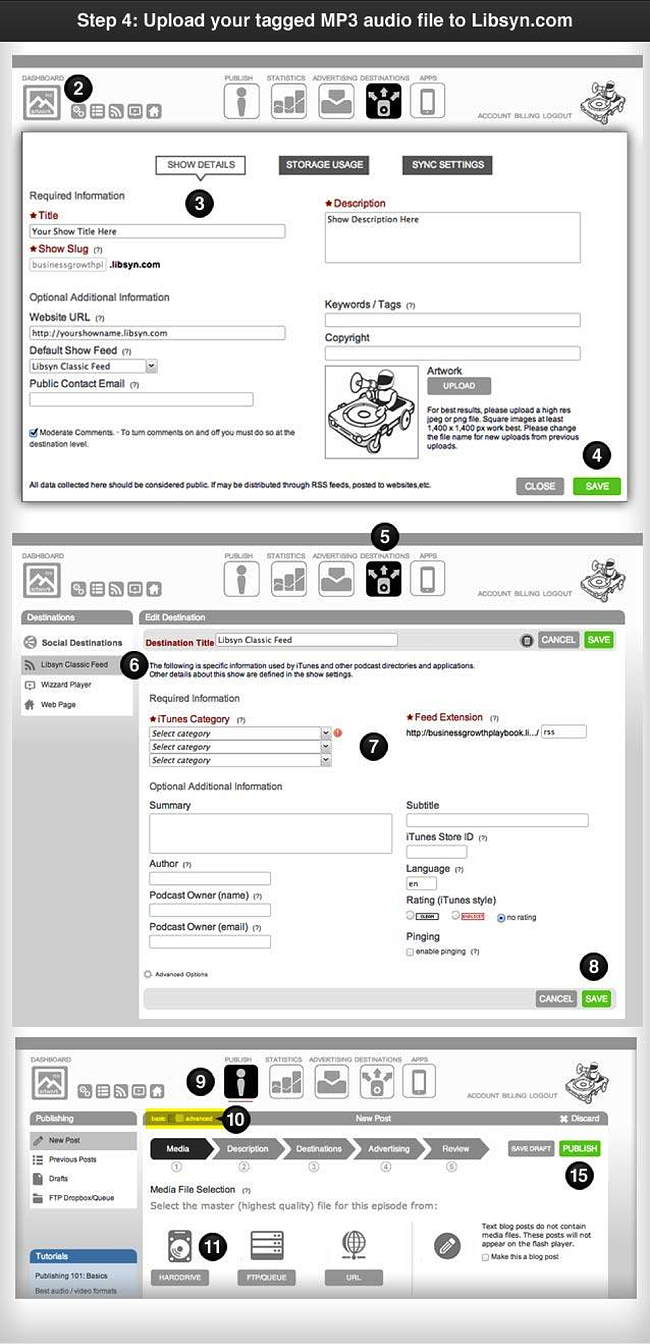How To Set Up A Video Podcast
This post originally appeared on Inbound Insiders, a new department on the Inbound Hub blog. For those that mind to podcasts, you know how valuable and convenient they can be for consuming content. Whether it's staying upward on the latest marketing trends, tips for managing your finances, or simply to provide entertainment value, podcasts deliver. Turns out, podcasting can also exist a valuable tool in building loyal fans and generating leads when used as office of a larger inbound marketing strategy for your business. Maybe you recognize this and have wanted to start one for your visitor, but didn't know where to brainstorm. Well, like anything else, our recommendation is to start small and grow into the platform. Yu could spend weeks and thousands of dollars on equipment trying to get it perfect, but it'due south more than of import to just get started and improve equally y'all become. With that in mind, hither'southward how you can set up your own podcast for your business using just an iPad, iTunes, and a web browser. (Seriously, that's it!) I recommend using the GarageBand app for your iPad. It's well worth the cost (currently $4.99). The recording quality is pretty adept if you use the Apple EarPods with Mic equally your microphone. Launch your GarageBand App and follow these steps: Bonus Tip: In our podcasting ebook, nosotros'll evidence y'all how to add together a professional introduction to your podcast, including a voiceover and music track. Once you consummate your sound recording, you can share it with your iTunes library and then that you can eventually upload information technology to your podcast hosting service. You could also email the file to yourself, but depending on the file size and length of your podcast episode, y'all might run into some deliverability problems. This might exist the trickiest part of the entire procedure, but information technology's manageable if you follow these steps: Of import: Now connect your iPad to your computer then y'all tin can sync them upward. What we're doing here is converting the .m4a file to an .mp3 file, which is the preferred file format for podcasting. If you know of a quicker way to convert the file type, experience costless to skip these next steps. This is the process of calculation the necessary championship and clarification to your audio file so that the information is available within the podcast directories inside iTunes and Stitcher. For this, nosotros recommend a tool called ID3 Editor, made by Pa-Software. This tool costs $15. As an alternative, you can tag your files within iTunes, simply ID3 Editor offers the ability to add together more than attributes, such as copyright information. Once yous've finished producing and editing your podcast episode, the next step is to upload information technology to a podcast hosting service. We recommend Libsyn.com because it's an industry standard and very reasonably priced. Their plans currently offset at $5 per month. We recommend spending the extra $two per month to become statistics. Y'all can upload your file by following these steps: For those that stuck with me, pat yourself on the back. Yous are now function of an elite group of podcast producers. Now go out and leverage this advice channel to publish valuable content and to position yourself as a thought leader in your manufacture. For a more detailed version of this process and to larn how to add together a professional voiceover and music runway, download our podcasting ebook. And possibly share your favorite podcasts in the comments section below! Jeff Coon is the artistic director and a partner at Stream Creative, a gold-level HubSpot Certified Agency and inbound marketing business firm located in Milwaukee, Wisconsin. Jeff also trains marketers and business owners, speaks on inbound marketing best practices, and hosts the "Business Growth Playbook" podcast. Image credit: Philcampbell Pace i: Record your audio on your iPad.

Pace 2: Share your terminal sound file to iTunes.

Pace iii: Tag your MP3 file.

Step 4: Upload your tagged MP3 sound file to your podcast hosting service.

Step v: Submit your podcast feed to iTunes and Stitcher.
Submitting to iTunes:
Submitting to Stitcher Radio:

Congratulations! You did it!

Originally published Oct 17, 2022 ii:00:00 PM, updated Feb 01 2022
How To Set Up A Video Podcast,
Source: https://blog.hubspot.com/marketing/how-to-set-up-a-podcast-instructions-var
Posted by: vasbinderteall1979.blogspot.com


0 Response to "How To Set Up A Video Podcast"
Post a Comment